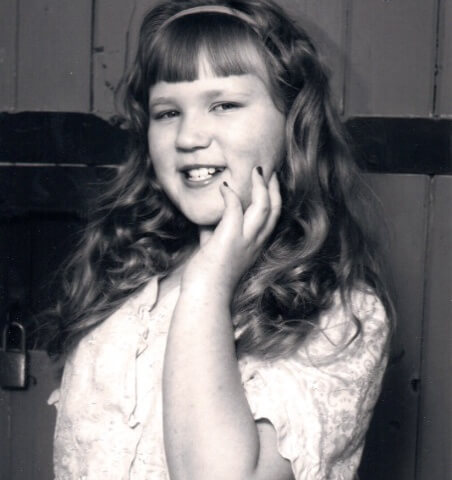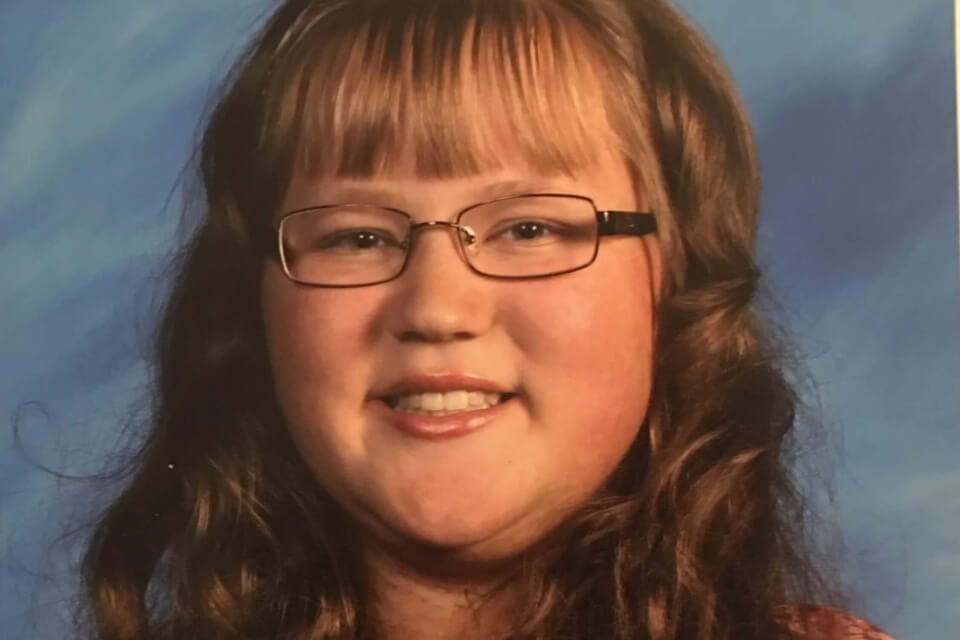Maryel Maguire shares her journey with her daughter, Katie, and Mastocytosis
Katie was born May 10, 2000 in Washington state. 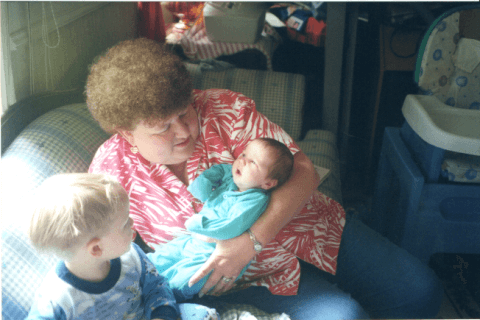 Her big brother Kyle was so excited to meet his new little sister. Our journey started when Katie was almost 3 months old.
Her big brother Kyle was so excited to meet his new little sister. Our journey started when Katie was almost 3 months old. 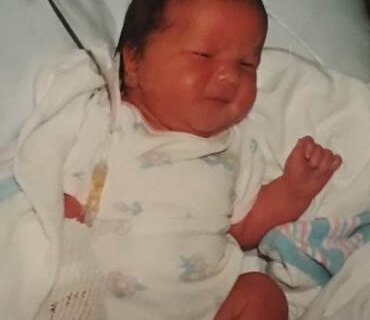 I was changing her diaper and I noticed she had spots. I thought she must have a diaper rash. So I started putting medicine on her thinking it would go away in a couple of days. After a couple of days, I noticed the spots were increasing so I got different medicine. It just kept getting worse. The spots started going up her back, her stomach, and down her legs. I called her pediatrician and made an appointment. Luckily for us, she knew what it was called, because of the last medical conference she went to. She said she had Mastocytosis or sometimes called Mast Cell Disease. The form she had was called Urticaria Pigmentosa (Cutaneous Mastocytosis.) Her pediatrician said that at that conference she had gone to, they skimmed over Mastocytosis but did not go into great detail, and in part, didn’t know much about it. We went to see a dermatologist and had a biopsy done on Katie. It confirmed that is was Mastocytosis. He went to grab a book, and made a copy of a page that had a tiny little paragraph from a book and handed to me and said “good luck with this one” and sent me out the door. It was obvious he had no clue about Mastocytosis.
I was changing her diaper and I noticed she had spots. I thought she must have a diaper rash. So I started putting medicine on her thinking it would go away in a couple of days. After a couple of days, I noticed the spots were increasing so I got different medicine. It just kept getting worse. The spots started going up her back, her stomach, and down her legs. I called her pediatrician and made an appointment. Luckily for us, she knew what it was called, because of the last medical conference she went to. She said she had Mastocytosis or sometimes called Mast Cell Disease. The form she had was called Urticaria Pigmentosa (Cutaneous Mastocytosis.) Her pediatrician said that at that conference she had gone to, they skimmed over Mastocytosis but did not go into great detail, and in part, didn’t know much about it. We went to see a dermatologist and had a biopsy done on Katie. It confirmed that is was Mastocytosis. He went to grab a book, and made a copy of a page that had a tiny little paragraph from a book and handed to me and said “good luck with this one” and sent me out the door. It was obvious he had no clue about Mastocytosis.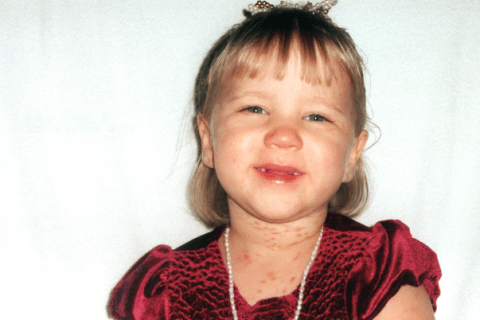
I was totally in shock. I couldn’t believe he just said that. I put my two kids in the car and headed home to call my husband and tell him. I was crying as quietly as I could so my son would not wonder what was wrong. It was the longest drive home, even though it was only couple miles. I was thinking to myself “What do we do now? ““What are going to do?” “What’s going to happen to my baby?” I had a hundred questions running through my mind. After I calmed down, I thought maybe I could find something on the internet about it. What a blessing it was that I did. I found out that there were two Mastocytosis organizations that had websites that had information. I was so excited that I started reading and reading. After reading everything on these websites, I found out how serious this was and how rare this disease was. This was not to be taken lightly. These websites saved my daughter’s life.
After reading about Mastocytosis, I started searching on the internet for a doctor that treated or knew anything about Mastocytosis. The same name kept popping up. Dr. Robert Sidbury. Lucky for us, he was at Seattle Children’s Hospital. Just about an hour away from us. I was excited once again to know that there was hope in finding out what this was. We were very thankful that he was very educated with Mastocytosis. He was amazing.
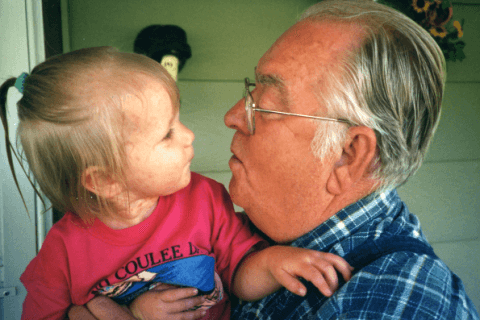 When we decided to move to Utah, fear came over me. “What are we going to do about a doctor?” It was time to go back to the internet. I found Dr. Vanderhooft at Primary Children’s Hospital. She is very well educated on Mastocytosis. Later we found out that, Dr. Sidbury was a student of Dr. Vanderhooft. We had the two top doctors on Mastocytosis on our side. What a relief that was.
When we decided to move to Utah, fear came over me. “What are we going to do about a doctor?” It was time to go back to the internet. I found Dr. Vanderhooft at Primary Children’s Hospital. She is very well educated on Mastocytosis. Later we found out that, Dr. Sidbury was a student of Dr. Vanderhooft. We had the two top doctors on Mastocytosis on our side. What a relief that was.
When we first started taking Katie out in public, it was quite shocking the amount of rude comments and stares we got. It was worse during the summer, because we had to dress her with short sleeves or tank tops and shorts or she would get to hot, and have a chance of going into shock. Her spots would show more. Everyone we dealt with thought she had the chicken pox. The stares and the glares were everywhere we went. As she got older the more spots she got, the worse the stares. The less clothes she wore, the better because clothes would make her itch and when she started itching she would itch so bad that she started to bleed.
When Katie started school, I was so scared. I had been with her all the time making sure she didn’t eat something she was allergic to or making sure she wasn’t too hot or too cold. My biggest fear was that kids where going to be mean to her and make fun of her. There were a few kids that would give her a hard time, but after a while her peers would defend her. When it came to things like bringing treats to class, her classmates would always make sure something was brought that Katie could have, even before Katie could bring up that she couldn’t have something. Katie has had about the same friends all the through elementary school, junior high and now in high school. They are very protective of her.
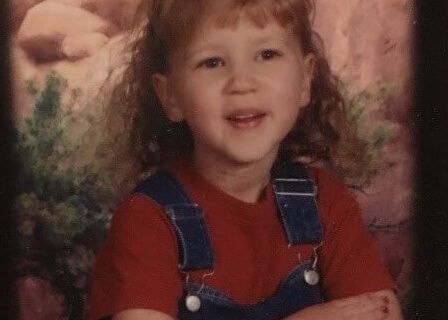 When she started school, I made a packet with lots of information about Mastocytosis so the teachers could get a better understanding. I would pass this packet to the teacher’s year after year. Then when she started junior high and high school we digitized it, and emailed the teachers she was going to have and tell them about Mastocytosis, and gave them links to all the different websites. For the most part the teachers have been very understanding. The P.E. teachers in grade school were okay. There were a few times that I had to get after them because Katie would come home all flushed and her spots where raised and red, and she would have a fever. She would be sick for several days, because they made her run and became overheated. She did not have to do P.E. in junior high. In high school, she is fortunate to be taking it online, so I can monitor her in case something goes wrong.
When she started school, I made a packet with lots of information about Mastocytosis so the teachers could get a better understanding. I would pass this packet to the teacher’s year after year. Then when she started junior high and high school we digitized it, and emailed the teachers she was going to have and tell them about Mastocytosis, and gave them links to all the different websites. For the most part the teachers have been very understanding. The P.E. teachers in grade school were okay. There were a few times that I had to get after them because Katie would come home all flushed and her spots where raised and red, and she would have a fever. She would be sick for several days, because they made her run and became overheated. She did not have to do P.E. in junior high. In high school, she is fortunate to be taking it online, so I can monitor her in case something goes wrong.
When it comes to insurance, we have been really lucky. We have had good insurance from the start and have not had any problems with insurance companies not paying for things Katie needs.
Going to the dentist or having surgery is an adventure. Even something as simple as a cavity filled or a tooth pulled, she has to be on antihistamines for a week about 2 to 3 times a day before any dental work or surgery can be done. All of this is thanks to anesthesia. There is certain anesthesia that Mastocytosis patients cannot have. If they are given the wrong kind, they might not wake up. She once had to have 4 teeth pulled at the same time. So her dentist and I thought it would be better to have it done at the hospital and to have her wisdom teeth taken out at the same time, so she doesn’t have to go through this again when she is older. This planning took about 3 months to put together. All the doctors involved had to learn about Mastocytosis. She had 3 doctors and about 5 nurses to make sure everything went well.
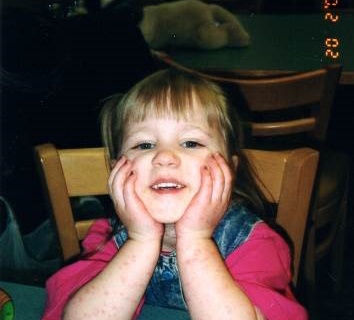 There are different types of Mastocytosis. Children may have either cutaneous or systemic Mastocytosis, with the majority of affected children having only a cutaneous form (on the outside of the skin). Some children will outgrow before adulthood. For those who don’t there is about a 30% chance that they later develop systemic Mastocytosis. (Inside the body.)
There are different types of Mastocytosis. Children may have either cutaneous or systemic Mastocytosis, with the majority of affected children having only a cutaneous form (on the outside of the skin). Some children will outgrow before adulthood. For those who don’t there is about a 30% chance that they later develop systemic Mastocytosis. (Inside the body.)
Mastocytoma-appears as a single mast cell that is raised reddish-brown color.
Urticaria Pigmentosa – is the most common for cutaneous Mastocytosis. The skin develops lesions which are typically small and have well-defined edges. They tan to reddish-brown or yellow or dark brown or dark red. Every Mastocytosis person is different. These spots also come in different sizes. From small raised red, all the way up to the size of a quarter and sometimes bigger. Some can be raised all the time, some are flat and some get raised when a reaction or from a trigger. The spots can be anywhere on the skin or on mucous membranes. Blister may occur before or after the appearance of urticarial pigmentosa. Most of the time the spots will increase for several years or more.
Diffuse Cutaneous Mastocytosis- is the rarest form. 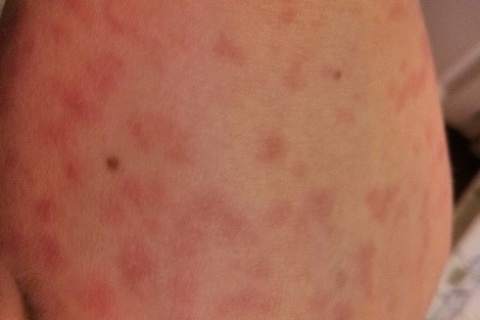 The infiltration of the entire skin by mast cells. The skin can have an orange peel texture. Formation of blisters or very common.
The infiltration of the entire skin by mast cells. The skin can have an orange peel texture. Formation of blisters or very common.
Systemic Mastocytosis involves the mast cell proliferation of at least one internal organ such as the bone morrow, gastrointestinal track, or the skeletal system. Systemic Mastocytosis may indicated by an enlarged liver and /or spleen due to the accumulation of mast cells in the organs. Bone lesions may shoe on x-rays.
Some symptoms of Mastocytosis are itching flushing and hiving. Itching is the most common symptom in pediatric Mastocytosis along with flushing. Abdominal pain, diarrhea, vomiting, nausea and GI hemorrhage. Bone pains, headaches and anaphylaxis. With Mastocytosis it is very import to carry an epi pen with you at all times.
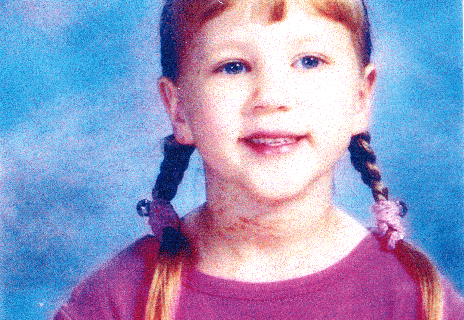 There are a wide range of triggers. Every Mastocytosis person has different triggers than another person with Mastocytosis. Certain medicines such as codeine, narcotics, polymycin B, morphine, dextran aspirin, and alcohol. Some foods are common as triggers such shellfish, dyes, preservatives, and histamine-releasing foods. Physical factors are sudden change in temperature, weather change, exercise, heat, cold, sunlight, and infections. People with Mastocytosis can get sick really easy and fast.
There are a wide range of triggers. Every Mastocytosis person has different triggers than another person with Mastocytosis. Certain medicines such as codeine, narcotics, polymycin B, morphine, dextran aspirin, and alcohol. Some foods are common as triggers such shellfish, dyes, preservatives, and histamine-releasing foods. Physical factors are sudden change in temperature, weather change, exercise, heat, cold, sunlight, and infections. People with Mastocytosis can get sick really easy and fast.
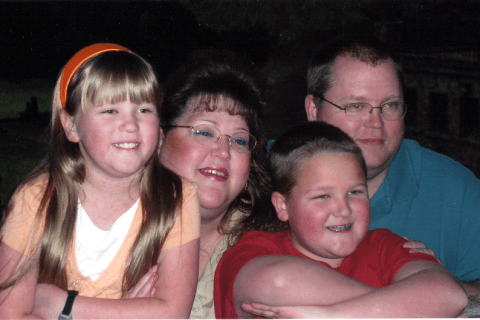 Currently, there is no cure for Mastocytosis, however there are options for treating the symptoms of this disease. No one treatment is successful in all children. Some treatments include identifying and avoiding triggers, H1 and H2 antihistamines, Mast Cell stabilizers, Epinephrine (in case of anaphylaxis) and Corticosteroids.
Currently, there is no cure for Mastocytosis, however there are options for treating the symptoms of this disease. No one treatment is successful in all children. Some treatments include identifying and avoiding triggers, H1 and H2 antihistamines, Mast Cell stabilizers, Epinephrine (in case of anaphylaxis) and Corticosteroids.
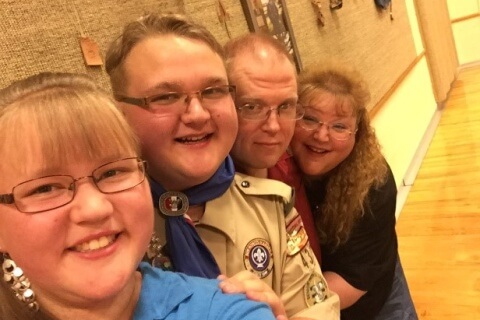 Here are the websites that saved Katie. www.mastokids.org and www.tmsforacure.org
Here are the websites that saved Katie. www.mastokids.org and www.tmsforacure.org
There are many support groups on Facebook that have helped us, that I wish were available back in 2000. Several years ago, some of the most knowledgeable doctors of Mastocytosis have opened a clinic just for people who have Mastocytosis in Boston, Massachusetts at Brigham and Women’s Hospital. The first of its kind in the USA, and one day we hope to go there.
We are so thankful for our spotted princess and the joy that she has brought to our family.
Maryel Maguire
